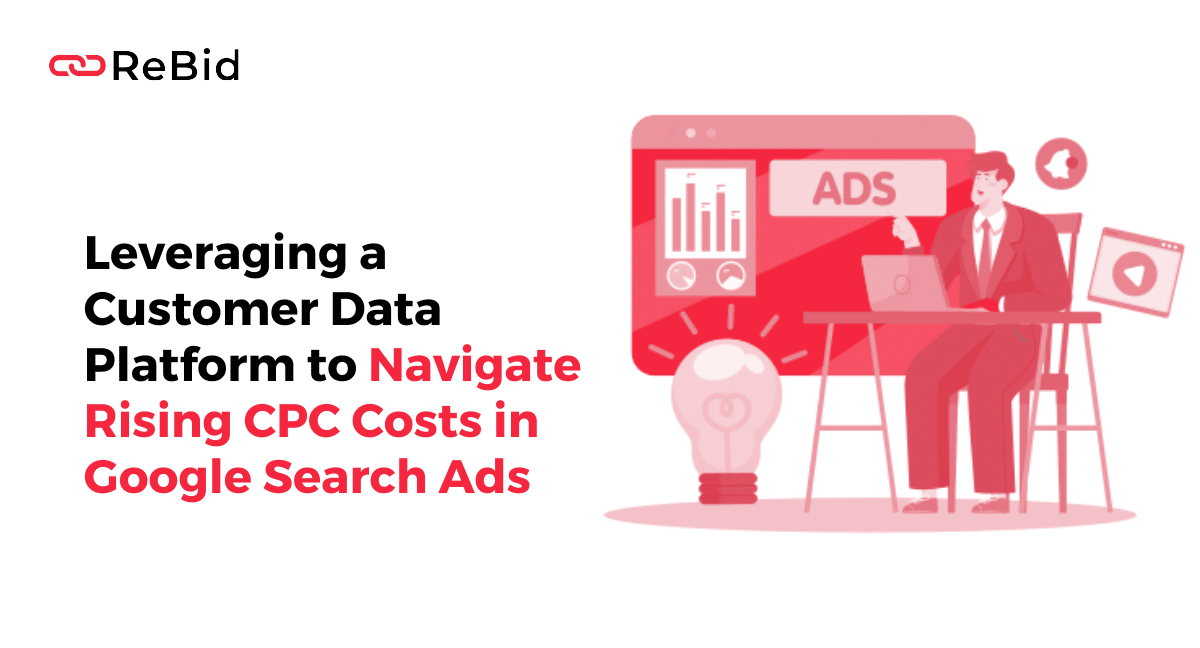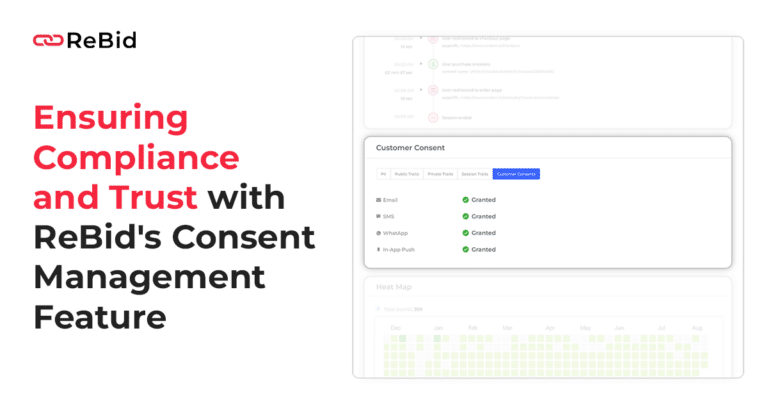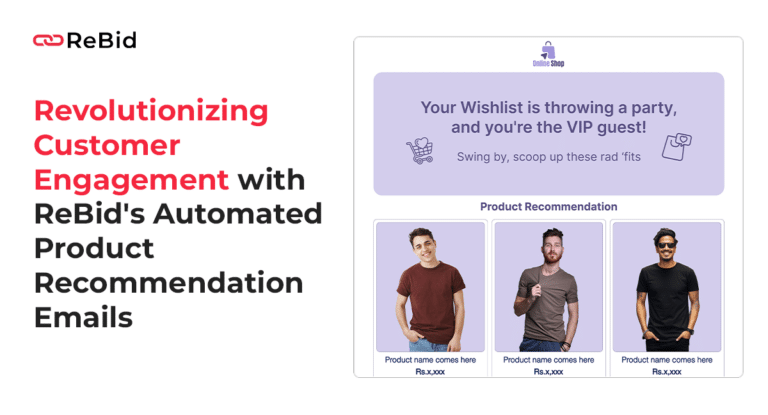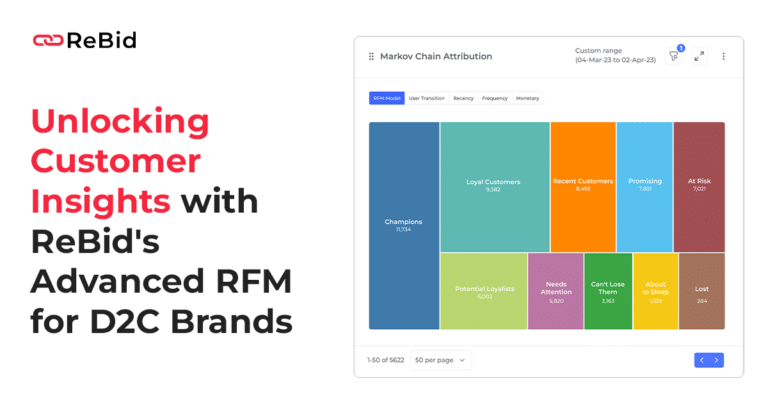In the dynamic world of digital advertising, Google Search Ads have long been a cornerstone for marketers aiming to capture consumer attention at the moment of search. However, recent trends have shown a significant rise in the cost-per-click (CPC) for these ads, presenting a new set of challenges for advertisers striving to maintain efficiency and effectiveness in their campaigns. A detailed analysis by Search Engine Land highlights this growing concern, pointing to a landscape where rising CPCs are increasingly eating into advertisers’ budgets. This blog post explores how an advertiser’s Customer Data Platform (CDP) can be a game-changer in addressing this issue, optimizing ad spend, and enhancing overall campaign performance.
The Rising CPC Challenge
The increase in CPC for Google Search Ads is not just a number—it’s a reflection of the competitive intensity within the digital advertising space. As more businesses vie for visibility in Google’s search results, the cost of securing top ad placements has surged. This uptick in CPC means advertisers must now navigate a tighter balancing act: achieving desired visibility while also managing budget constraints and ensuring a healthy return on ad spend (ROAS).
Enter the Customer Data Platform
A Customer Data Platform (CDP) offers a strategic solution to this challenge. At its core, a CDP is a sophisticated tool that collects, organizes, and activates first-party customer data across various touchpoints. By leveraging a CDP, advertisers can gain deeper insights into customer behavior, preferences, and engagement patterns. This rich, unified view of the customer journey is instrumental in crafting more targeted, efficient, and effective advertising strategies.
How a CDP Addresses Rising CPCs
- Enhanced Targeting and Personalization: With the granular insights provided by a CDP, advertisers can refine their targeting criteria, focusing on high-value segments that are more likely to convert. Personalizing ads to match the specific interests and behaviors of these segments increases the relevance of the ads, leading to higher click-through rates (CTRs) and conversions, and ultimately, a more efficient use of ad spend.
- Optimized Bid Strategies: A CDP enables advertisers to identify and prioritize keywords and search queries that have historically led to conversions for their specific audience segments. This data-driven approach to bidding can help in allocating budget more effectively, focusing on keywords that offer the best ROAS, and avoiding overbidding on less productive terms.
- Improved Customer Retention: By understanding the customer journey in-depth, advertisers can design campaigns that not only attract new customers but also re-engage existing ones. This focus on retention through personalized retargeting campaigns and loyalty initiatives can reduce the reliance on constantly acquiring new traffic through paid search, thereby optimizing overall ad spend.
- Data-Driven Creatives: The insights from a CDP can inform not just who to target and how much to bid, but also what message to convey. Tailoring ad creatives based on customer data ensures that the messaging resonates more effectively with the target audience, improving engagement rates and reducing wasted spend on underperforming ads.
Conclusion
As CPCs for Google Search Ads continue to rise, the need for a more strategic, data-driven approach to advertising becomes clear. An advertiser’s Customer Data Platform emerges as a powerful ally in this context, offering the insights and capabilities needed to navigate the complexities of the digital ad landscape efficiently. By harnessing the power of a CDP, advertisers can optimize their campaigns to achieve better outcomes, even in the face of rising costs, ensuring that every dollar spent is an investment towards measurable business growth.





